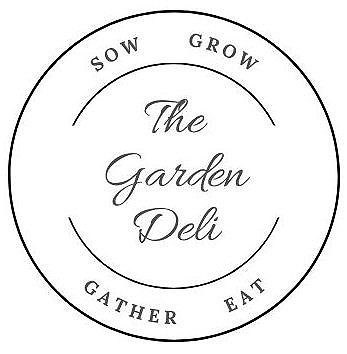Five herbs to grow for bees
Nectar-rich herbs to plant for pollinators
Herbs make great border and pot plants. They bring scent, colour and texture to a planting. Many have nectar-rich flowers to feed the bees too. And, if that's not enough to encourage you to plant herbs, these fantastic ornamentals come with the added bonus of being packed with fantastic flavour to use in the kitchen.
Rosemary
If I could only grow one herb (I know… terrible thought!), it might well be rosemary. The leaves are available to use in the kitchen year-round, while the delicate flowers attract bees early in the year – just as many insects are emerging hungry from hibernation. The flowers are usually a subtle shade of blue, but white- and pink-flowered varieties are also available and just as deserving of a space in the garden.
Grow rosemary: in full sun and a well-drained soil. Cut back after flowering to keep the plant producing plenty of fresh growth and prevent it becoming woody. In the right spot, with a little attention, rosemary plants will last for years.
Chives
The purple pom-pom flowers of chives are a bee magnet in late spring and early summer. They have a mild oniony flavour and are good scattered over salads or steeped in white wine vinegar to use in salad dressings.
Grow chives: give them full sun for best growth, and a fertile, moist but well-drained soil. Cut back after flowering to encourage new leafy growth for the kitchen. Chives die back in late autumn, but don't worry - new leaves will appear again in early spring.
Thyme
Just one thyme plant can produce huge numbers of tiny flowers, each one full of nectar. There's a whole range of thyme varieties that are great for cooking – my personal favourite is ‘Jekka’ which is reliable and well flavoured. Different varieties can have slightly different flowering times, so growing a few plants can spread the nectar season over many weeks.
Grow thyme: a Mediterranean herb which, like rosemary, thrives in full sun and a well-drained soil. Cut the plant back after flowering to keep it healthy and compact.
Mint
Mint is a versatile and delicious herb – dressings, salads, teas… its usefulness in the kitchen means it may never have time to flower. I grow a couple of plants to use for cooking and others that I leave to produce flowers for the bees. Applemint is a good mint to get started with – it has good flavour and cuts well to include in homegrown flower bouquets.
Grow mint: in fertile, rich soil. Mint will tolerate some shade. It’s a vigorous/invasive herb that should always be grown in a pot and needs to be divided and given fresh compost at least once a year. Cut the plant back after flowering to stimulate fresh growth. Although this makes it sound like a lot of work, mint is easy to grow and well worth the time.
Borage
One of the best plants you can grow for bees. Borage produces lots of nectar and replenishes the supply quickly between visits from hungry bees, so there is always food available to them.
Grow borage: easy to grow from seed, borage likes a sunny spot and will tolerate a range of soils. It’s an annual, completing its life cycle in one growing season. But in the right place, it will self-seed and you’ll have more seedlings than you know what to do with the following spring… perfect presents for bee-loving friends!

